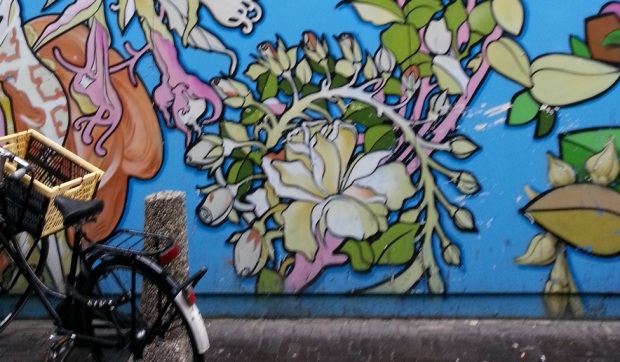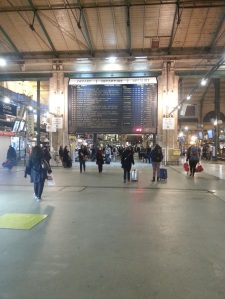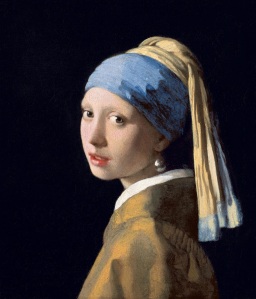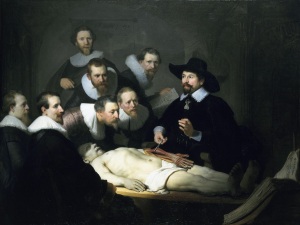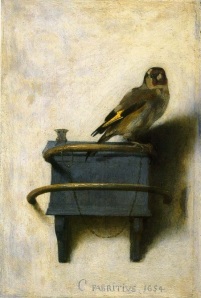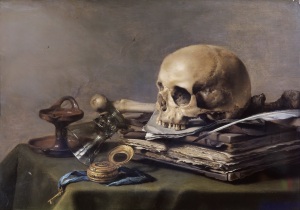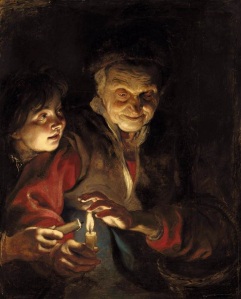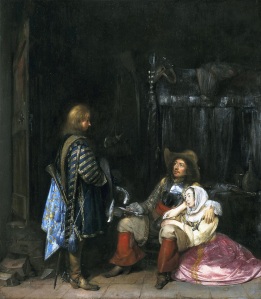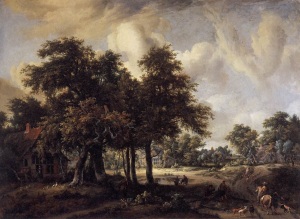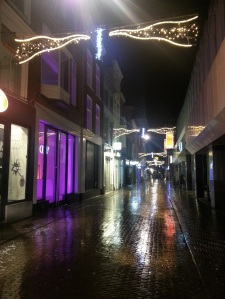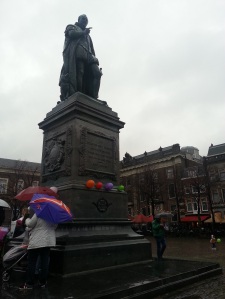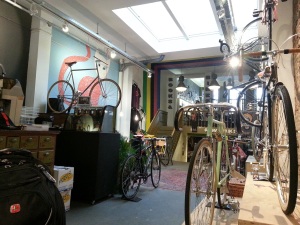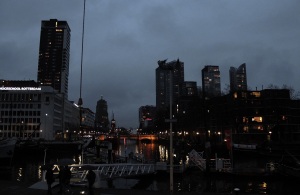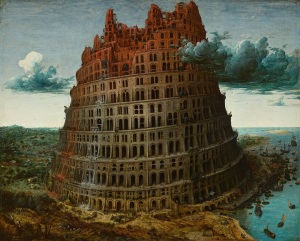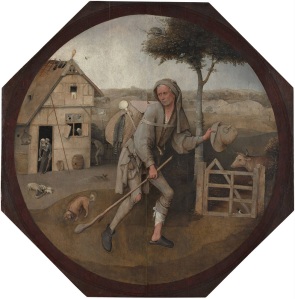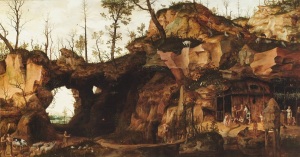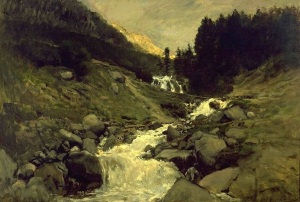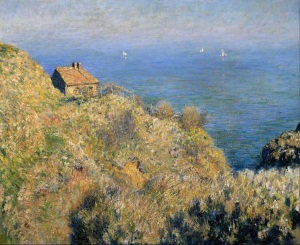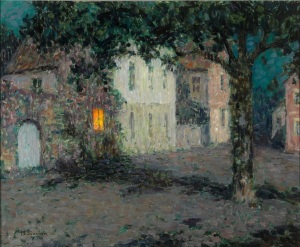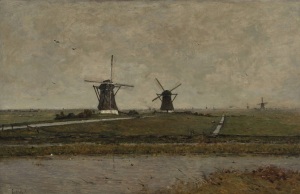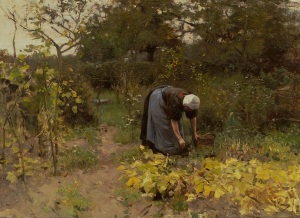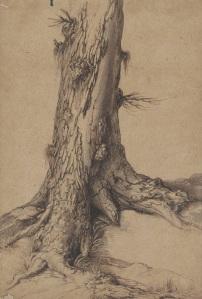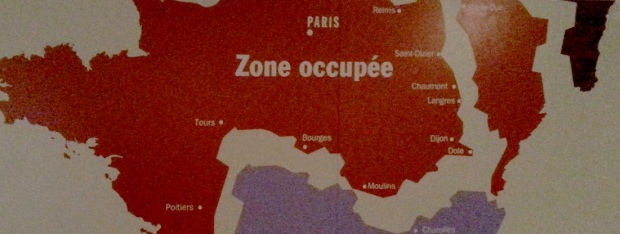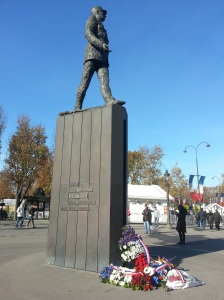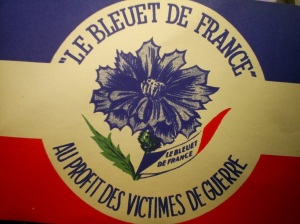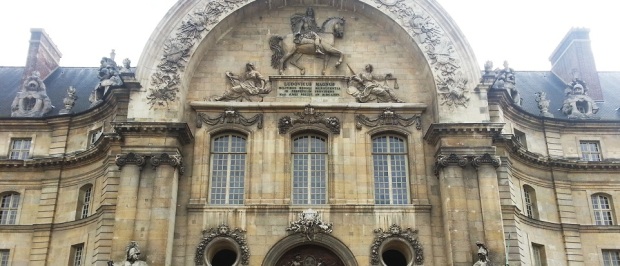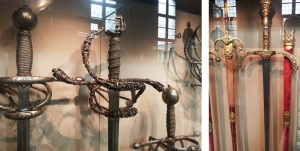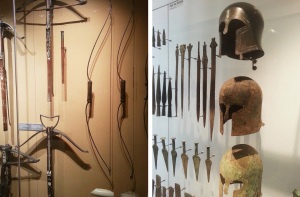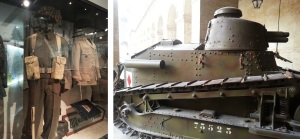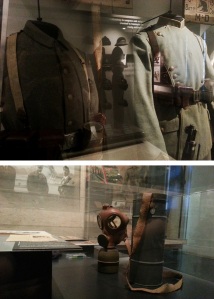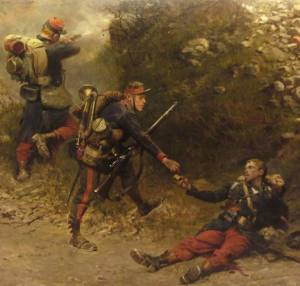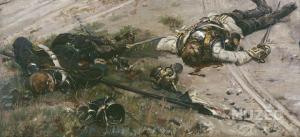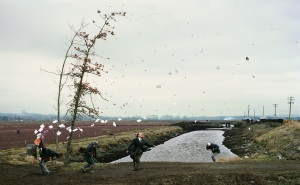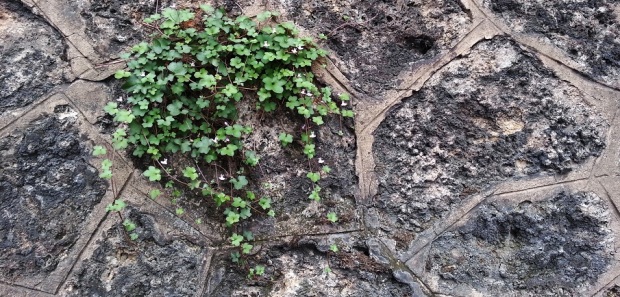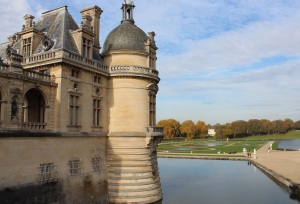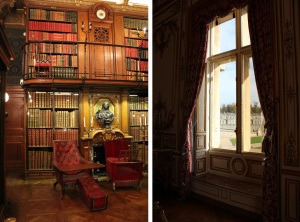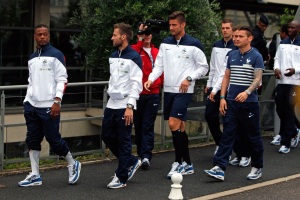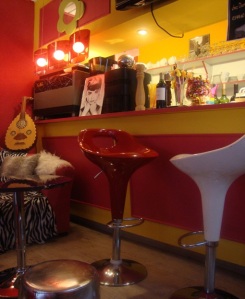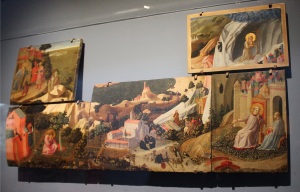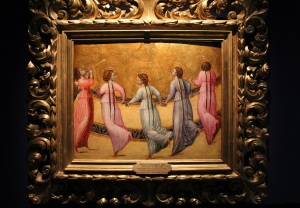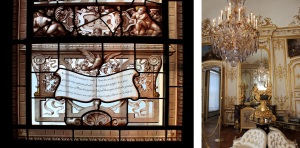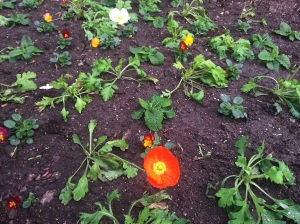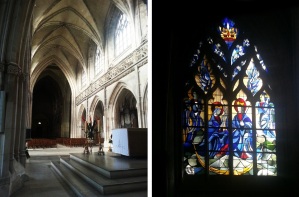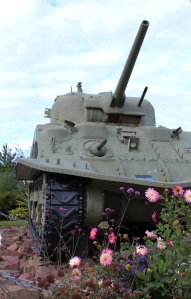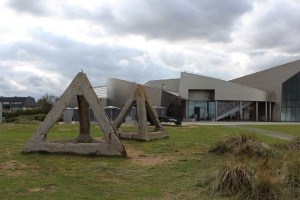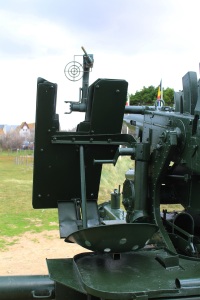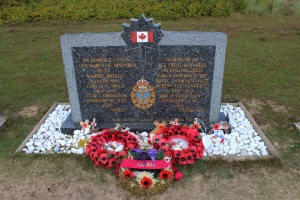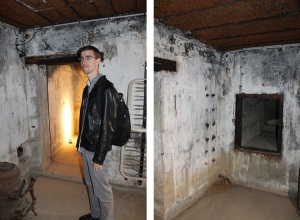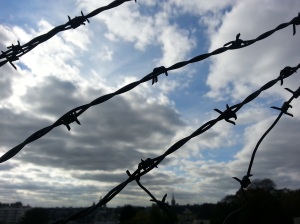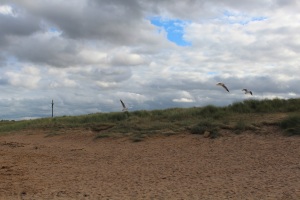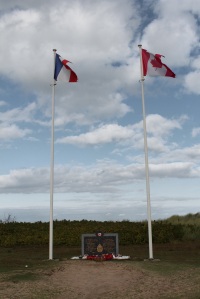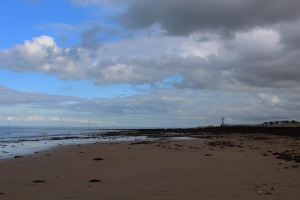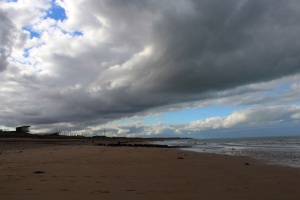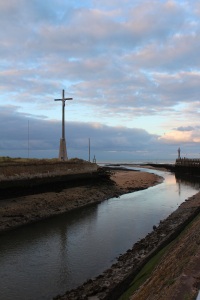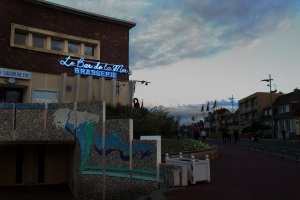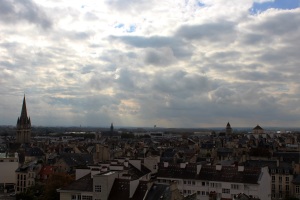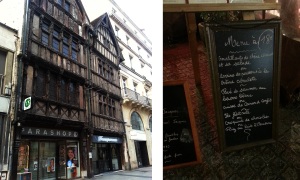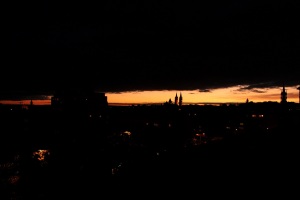Sometimes you go on vacation for so long it becomes very regular, like home. You grocery shop at your regular store, you work, you go out sometimes with friends. So sometimes you need a vacation.. from your vacation. The nice thing about being in Europe is the ability to hop a train for a modest fare and end up two countries over, two hours later. So it is with the Netherlands, my most cherished vacation spot, a place a few years ago I thought I would never go and now have gone twice.
Gare du Nord
It calls my name, equally nice in the fall as it is in early summer. The clean air North Sea air breezes through town as the easy going locals zip by on bicycles usually with a partner hitching a ride sidesaddle on the back. Many a kind and smiling face greeting me around town, the gentle tune of the melodic Hague church bells like a pleasant memory floating through the air to greet me through the patches of ever-drizzling rain. I don’t think it stopped raining the whole weekend, though my spirits couldn’t be dampened. We hopped over just for the weekend so say hello again, snack on street food and acquaint ourselves with the newly re-opened Mauritshuis museum in den Haag.
Den Haag Centraal
I was tempted to see the collection last year as it toured while the museum was under renovation. The closest stop was New York and it was a very tempting 12 hours away, though I’m glad I didn’t because getting to see the works in the new space was a real treat. The Royal collection is small, compared to the massive retrospective department-stores-of-museums in Paris, and is housed in a 17th century residence, now owned by the government of the Netherlands. The museum houses a stellar collection of paintings, mostly Dutch Golden Age, including some very famous favourites such as Vermeer’s Girl with a Pearl Earring, Rembrandt’s Anatomy Lesson and Fabritius’ Goldfinch.
Het meisje met de parel (Vermeer) 1665
The Anatomy Lesson of Dr. Nicolaes Tulp (Rembrandt) 1632
The Goldfinch, aka “puttertje” (Fabritius) 1654
The museum was absolutely packed, especially with snooty art types like me who refrain from snapping selfies and linger in front of works contemplatively scratching their chins. They were also all above a certain age.. I won’t say which. The only way in which the flighty consumer types that normally frequent the said massive retrospective department-stores-of-museums in Paris are superior, is that you can bet that they won’t spend more than 2.6 seconds in front of a painting, so if you want a look, you just have to wait around for your turn. With snooty art types this could mean waiting for a very long time. That’s okay though because there were a number of truly excellent works that I could just stand in front of all day.. well at least until my legs fall asleep.
Vanitas still life (Claesz) 1630
Old Woman and Boy with candles (Rubens) 1617
The Messenger, aka “Unwelcome News” (ter Borch) 1666
Wooded landscape with cottages (Hobbema), 1665
There were a number of works which I have never seen before, and it’s always nice to make new friends and be surprised. I’m afraid my SO is rapidly becoming my artist’s assistant, helpfully scribbling down titles and observations for later digestion. My notebook came home full of Vermeer, Rembrandt, Claesz, Jordaens, Leyster, Rubens, Steen, Hals, as well as some new pals such as Beuckelaer, van der Weyden, van Aelst, ter Borch, de Vlieger, and Hobbema.
Spruistraat
Retiring from the Museum we shopped around the slick cobbled pedestrian streets of den Haag, checking out the celebrations leading up to St. Nicholas’ day on Dec 5th, featuring Sinterklaas (Santa Claus) and his racially inappropriate sidekick Zwarte Piet. Zwarte Piet’s origins lie somewhere between a liberated Ethiopian slave to Moorish origins, to the more modern preference of his helpful little face blackened with soot from climbing down chimneys. Regardless local folks seem to like dressing up in Victorian garb and blackface playing carnival music and tossing candy out to the little kids.We followed this parade from a distance, trying to figure out what was going on until we stopped for nieuwe haring and the folks behind the counter explained the tradition to us.
Similar to traditions back home, children leave shoes by the fireplace on St. Nicholas’ eve in hopes of waking in the morning to find a treat inside in exchange for good behaviour. Though if you’re naughty you don’t get a lump of coal you get beaten with a switch by Zwarte Piet. The children usually leave out a carrot or some hay with a thoughtful bowl of water for Sinterklaas’ horse, a cup of coffee for Sinterklaas and a beer for Zwarte Piet. Despite the fact that traditionally Sinterklaas was accompanied by just one Zwarte Piet we have Canadians to thank for throwing a Sinterklaas party after the liberation of the Netherlands, encouraging a whole slew of Pieten to roam the streets.
Lola Bikes and Café
We departed our rented flat early on Sunday, forgoing a cold shower as the hot water heater was inoperable, and strolled up to the so called best coffee in the Netherlands. It also doubles as a serious bicycle store because, hey, you can pursue two passions at once. SO had a good time checking out all the bikes and gear, pointing out the superior composition of the metal in particular bike gears or somesuch. I decided I liked the pink one for.. reasons. The coffee was truly excellent and we happily lingered way longer than intended. Back on the train we traveled to nearby Rotterdam to check out the town and the Museum Boijmans Van Beuningen.
rotterdam at night
Rotterdam has a very different feel, the majority of the buildings very contemporary with lots of skyscrapers. A huge amount of old Rotterdam was destroyed by bombing and subsequently rebuilt in modern fashion. The city has much less warmth and character somehow, probably a figment of my imagination as I’m known to be very sensitive and have a tendency to personify and anthropomorphise.
The “little” Tower of Babel” (Bruegel (the Elder)) 1563
The Wayfarer (Bosch) 1500.. the only museum to house Bosch in all the Netherlands
Boijmans is a huge museum with a very diverse collection, ranging from medieval to contemporary and every facet in between. It has a lovely selection of Bosch and Bruegel, including the famous “little” tower of Babel and the Wayfarer who is said to be choosing between debauchery and virtue. Some other favourites of mine include van Dalem, Koninck, Havicksz, and Daubigny.
landscape with dawn of civilization (van Dalem) 1570
An extensive landscape, with a river, (Koninck) 1664
The cascade of Mahoura, Cauterets (Daubigny) 1873
The museum also houses a very nice selection of French Impressionist works including featuring a nice but unusual Monet “Maison du Pêcheur” featuring a very nice seascape with cabin on a very uncomfortable angle lending the impression you are in some danger of leaning too far into it. The collection also houses some very nice works by Sisley, who is rapidly becoming a favourite of mine.
la Maison du Pêcheur, Varengeville (Monet) 1882
Le moulin à eau Provencher à Moret (Sisley) 1883
Un verger au printemps (Sisley) 1881
Moonlit city square in Cherbourg, (Sidaner) 1934
A bit father down in the collection there is a really nice Sidaner, an intimist painter whose “moonlit city square” is expertly illuminated, and its quiet volumes of night shades a rare achievement in my opinion. Apart from the very broad range of styles and endeavours there is also a lovey collection of very modest floral still lives which are uncomplicated, delicate, and very lovely.
Peonies (Fantin-Latour) 1882
Polder with mills near Overschie (Gabriël) 1898
Cineraria (van Gogh) 1885
In the vegetable garden (Mauve) 1887
Study of the Trunk of an Old Tree, (de Gheyn II) 1600-1610
If you decide to go museum hopping don’t forget that art feeds the brain and the heart, but not the stomach so around 3:00 we were losing steam and remembered that humans require nourishment to walk around for hours and hours and had to resort to overpriced museum café food. Oh well. After exhausting the collection, and the soles of our shoes, we wandered around Rotterdam taking in the weird architecture and public sculptures before picking a restaurant with maximum comfort and slow service for some r&r in the form of Phở
.
